Cell phones have cost the "life" of many electronic devices. Thanks to them, we don't need scientific calculators, MP3 players, handheld game consoles, or compact cameras (and for that matter, DSLRs). The first mentioned is not much to advance, however, photography and video skills can be constantly improved. It shouldn't be any different in 2022 either.
When Apple introduced the iPhone 2015S in 6, it was its first 12MP phone. More than 6 years later, even the current iPhone 13 series keeps this resolution. So where is the evolution of development? If we do not count the addition of lenses (of the same resolution), this is of course an increase in the sensor itself. Thanks to this, the camera system continues to outgrow the back of the device more and more.
After all, compare it yourself. The iPhone 6S has a single 1,22 µm sensor pixel. One pixel of the wide-angle camera on the iPhone 13 Pro has a size of 1,9 µm. In addition, optical stabilization of the sensor has been added and the aperture has also improved, which is f/1,5 compared to f/2,2. It can be said that the hunt for megapixels is over to some extent. Every now and then a manufacturer comes out who wants to bring some breathtaking number, but as we know, megapixels do not make a photograph. For example, Samsung showed us this with its Galaxy S21 Ultra model.
108 MPx may certainly sound great, but in the end it is not such glory. Although Samsung managed to achieve f/1,8 apertures, the pixel size is only 0,8 µm, which mainly results in a significant amount of noise. That's why even in the basic settings it merges multiple pixels into one, so you won't use the potential of such a large number of pixels anyway. He also tried it with a periscope approach, where the 10MPx sensor offers 10x zoom. It looks nice on paper, but the reality is not so great.
It could be interest you

Megapixels and periscope
Most high-end smartphones of various brands offer the resolution of their main wide-angle camera around 50 MPx. Apple should step up their game this year and with the introduction of the iPhone 14 Pro they will give their main camera a 48 MPx. He will then merge 4 pixels into one if the scene does not have ideal lighting conditions. The question is how they will handle it in terms of pixel size. If he wants to keep it as large as possible, the output on the back of the device will increase again. In addition, the company may have to redesign it, because the lenses simply do not fit next to each other in the current arrangement. But with this upgrade, users will get the ability to shoot 8K video.
There is speculation about a periscope lens in connection with the iPhone 15. So we won't see it this year. This is primarily due to the fact that there is no room for it in the device, and Apple will have to significantly change its entire design. Which is not expected from this year's generation (it should still look like iPhones 12 and 13), whereas it is from the one in 2023. The periscope system then works by reflecting light through the inclined glass towards the sensor, which is located at its end. This solution practically does not require any output, because it is completely hidden in the body. Except for the Galaxy S21 Ultra model, it is also included in, for example, the Huawei P40 Pro+.
It could be interest you

Main trends
As far as megapixels are concerned, manufacturers have generally settled around 50 MPx in the case of the main lens. E.g. Xiaomi 12 Pro however, it already has a triple camera, where each lens has 50 MPx. That means not only a double telephoto lens but also an ultra-wide-angle one. And it is likely that others will follow suit.

The optical zoom in the case of the periscope lens is 10x zoom. Manufacturers will probably not continue to flock here. It doesn't make much sense. But it still wants to improve the aperture, which is simply bad. So don't get me wrong, it's incredible for a mobile phone that it can be f/4,9, but you have to take into account that the average user hasn't sniffed a DSLR and has no comparison. All they see is the result, which is simply noisy.
Of course, optical stabilization is already expected in high-end devices, if the sensor is present, it's only good. The future in this regard lies in the implementation of a scaled-down gimbal. But certainly not this year, probably not even next year.
It could be interest you

Software
So the main thing in 2022 may not happen so much in hardware as in software. Maybe not so much with Apple, but rather with the competition. Last year, Apple showed us the film mode, Photographic Styles, macro and ProRes. The competition will therefore catch up with him in this regard. And it's not a question of if, but rather when she will succeed.


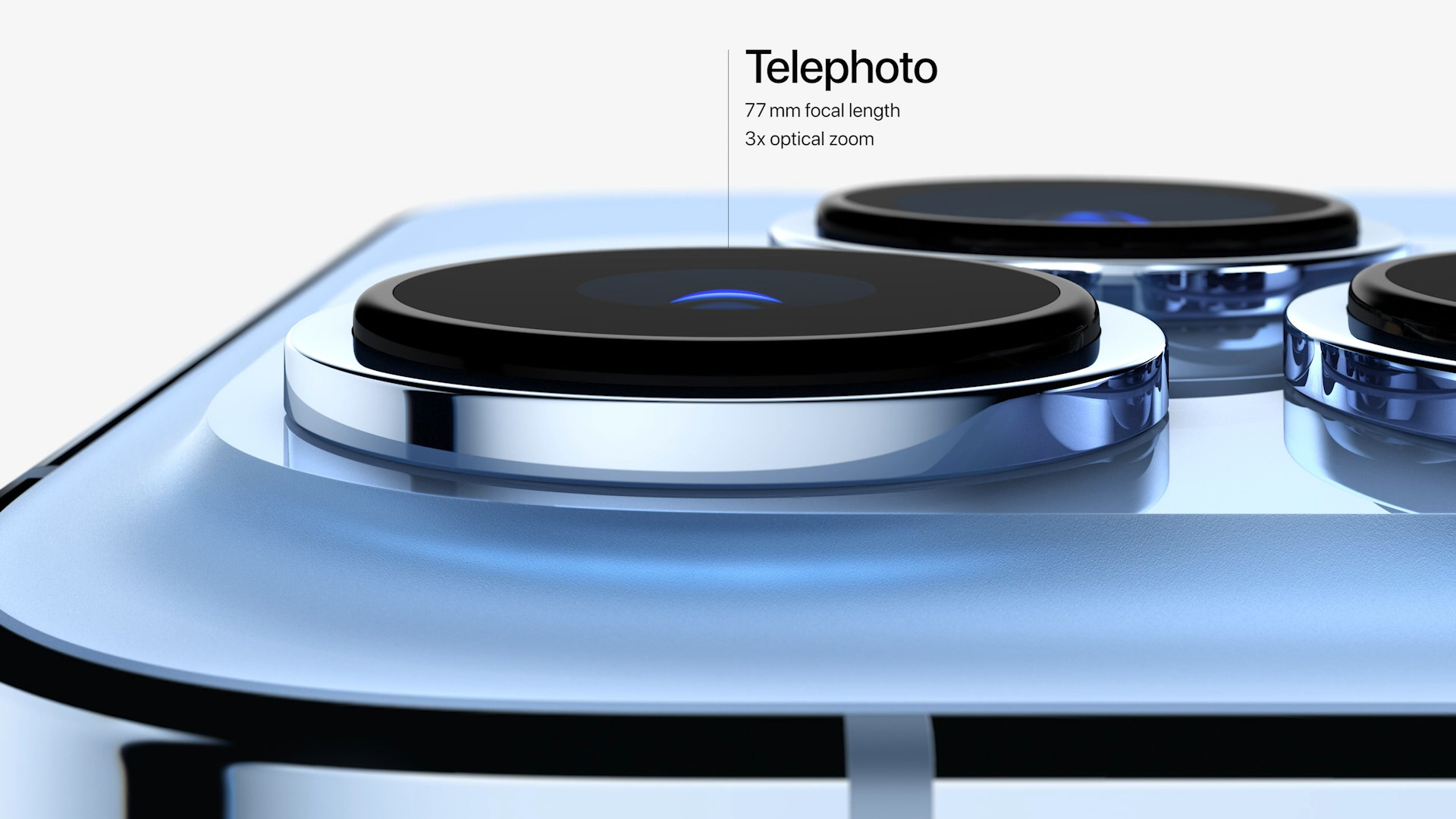

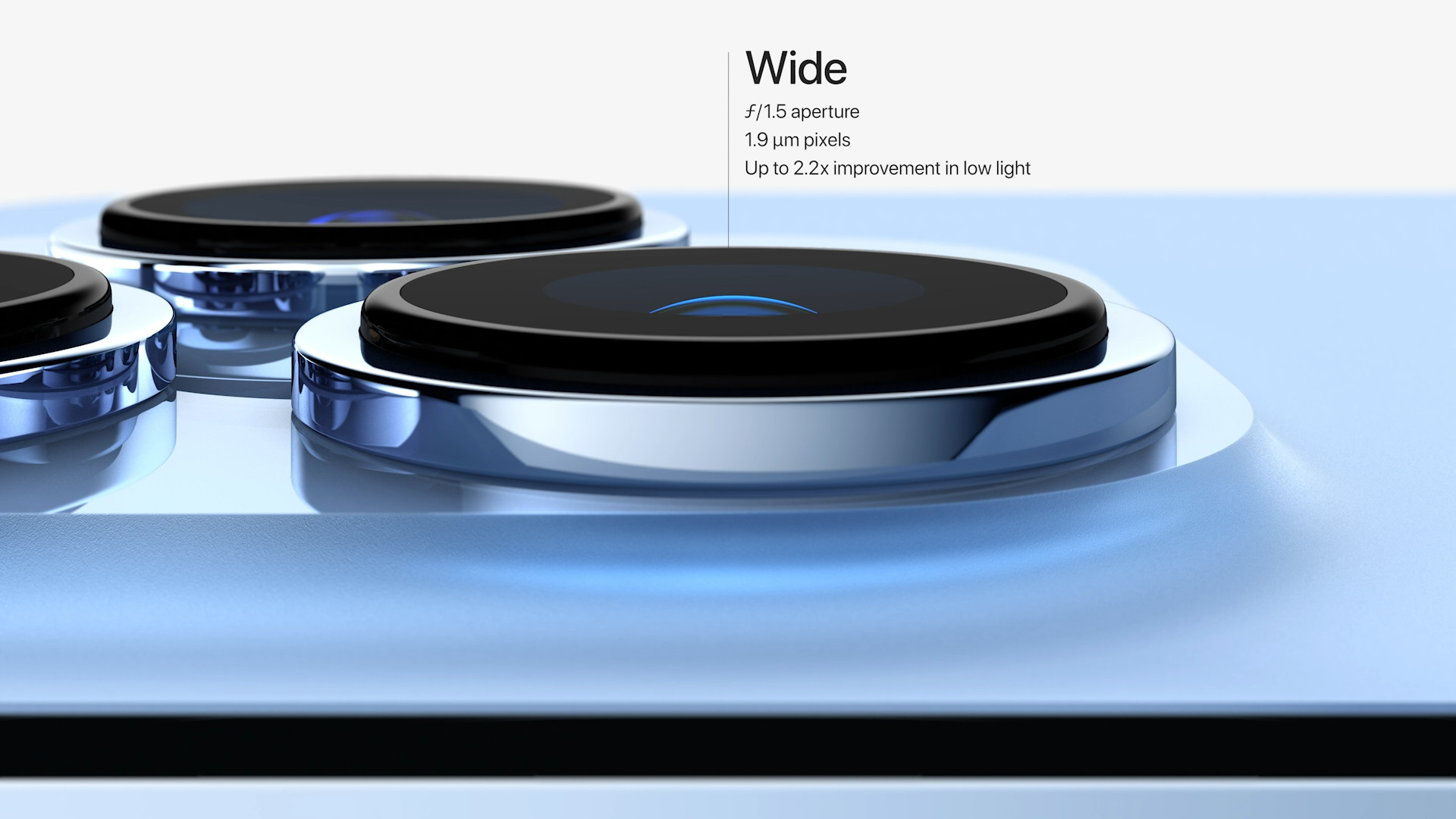




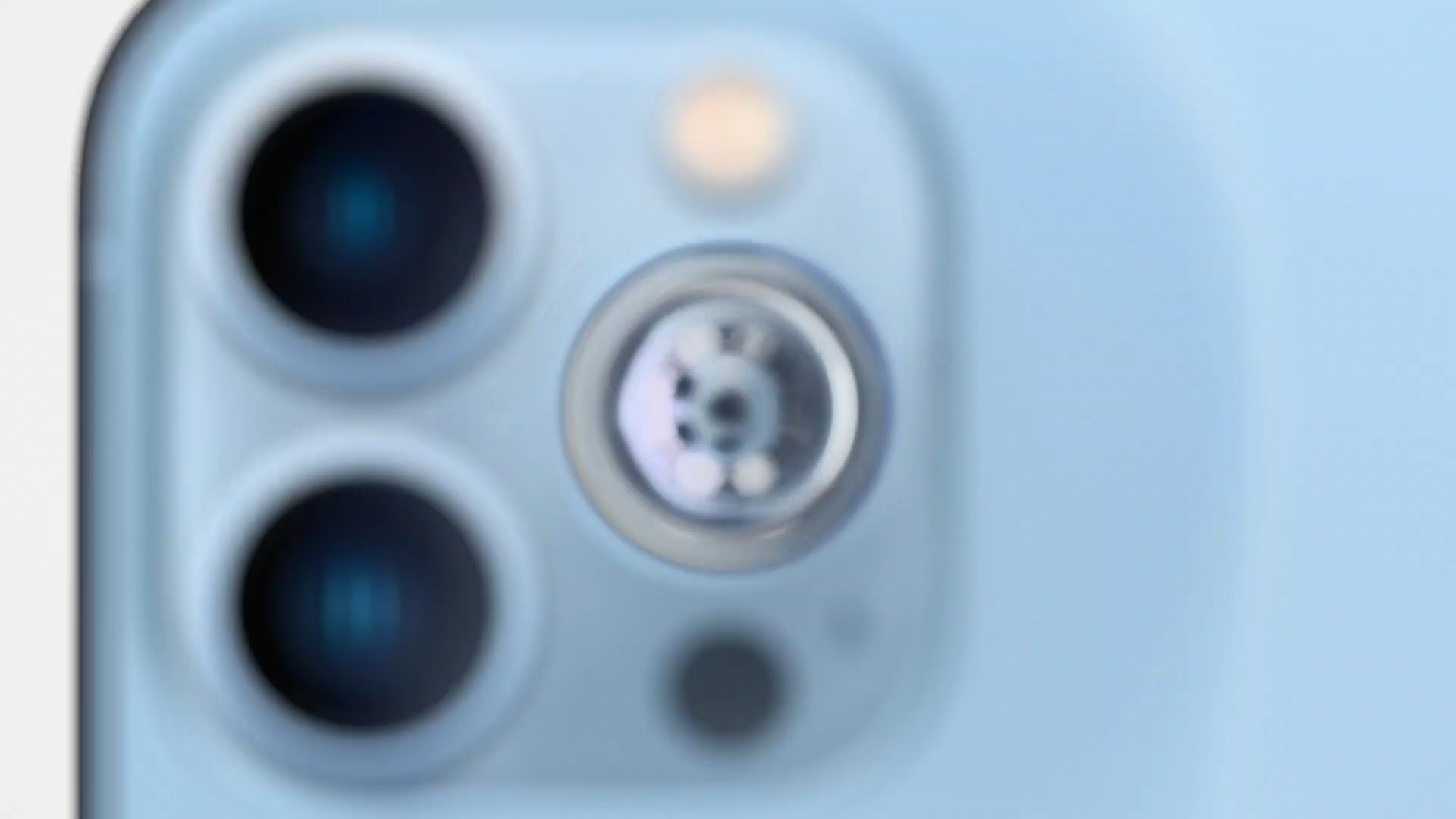
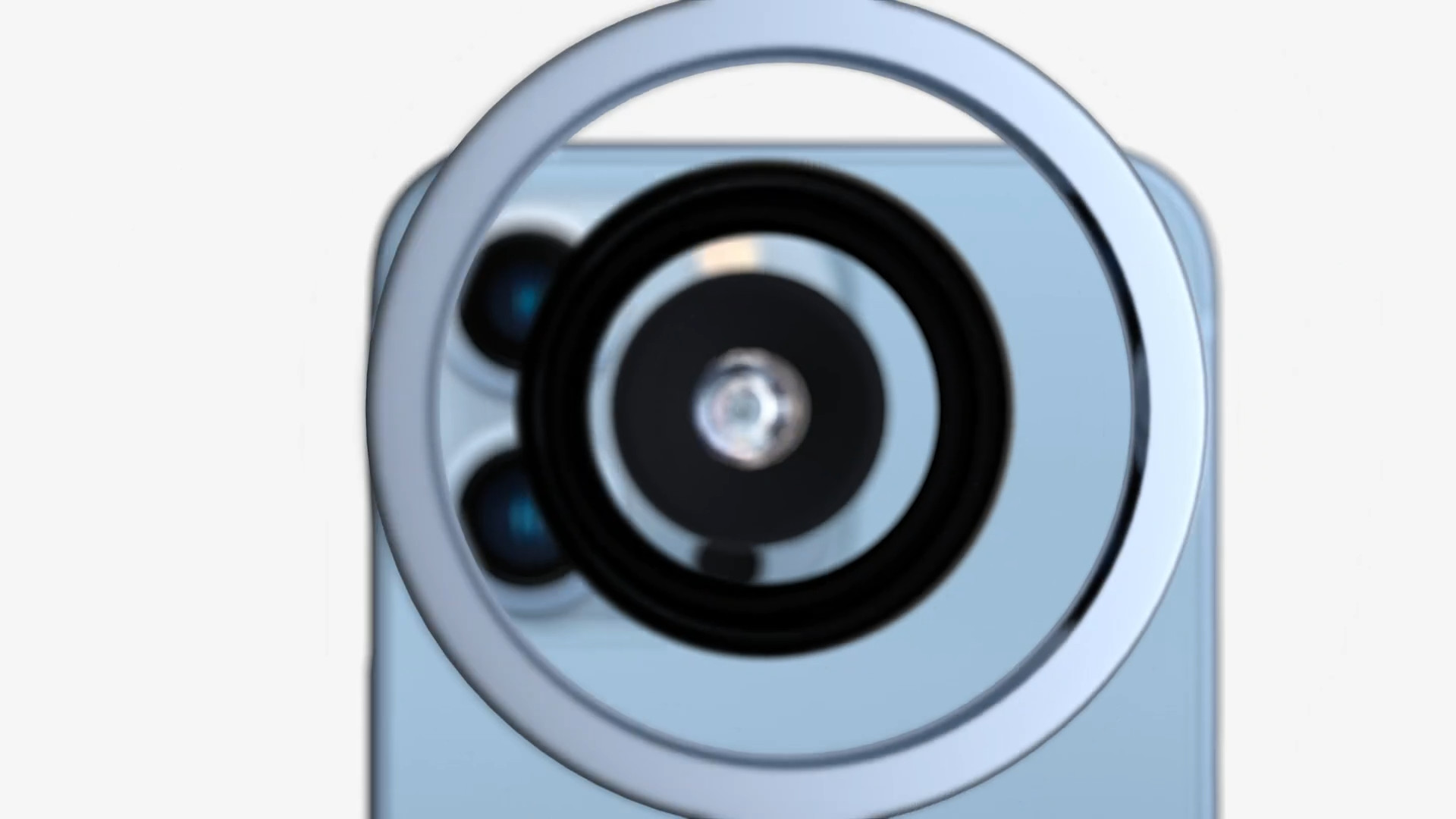
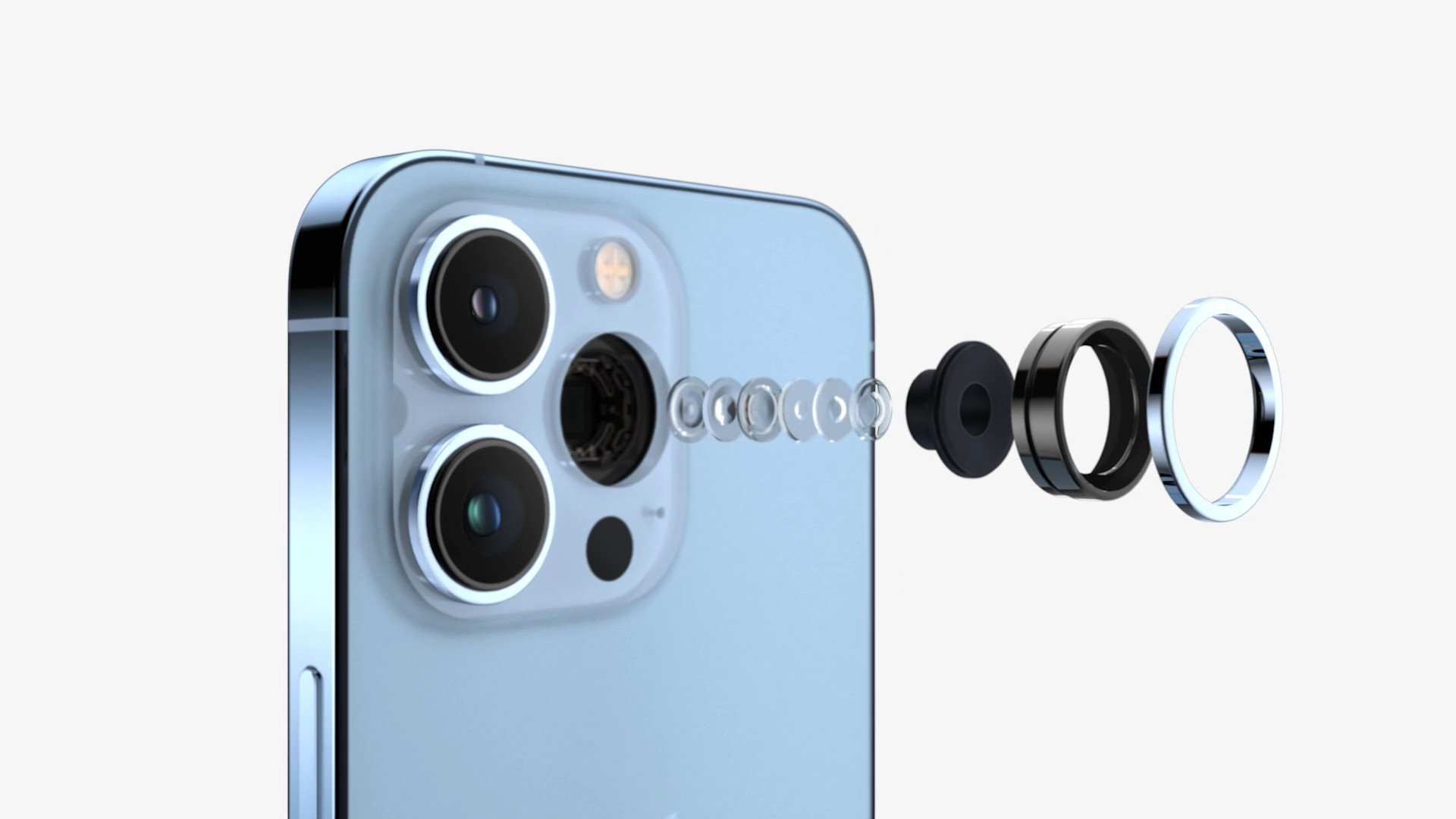
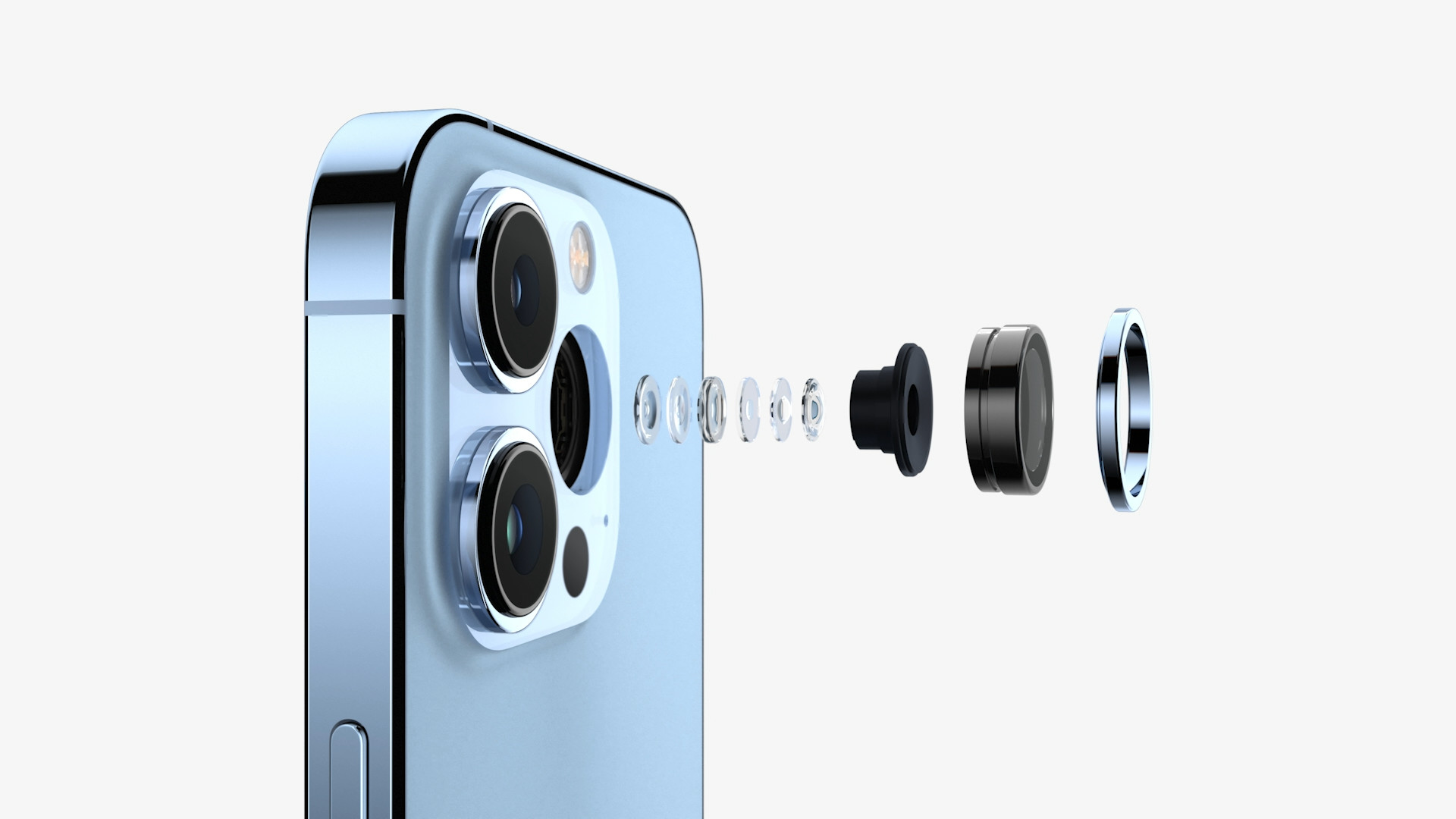
 Adam Kos
Adam Kos 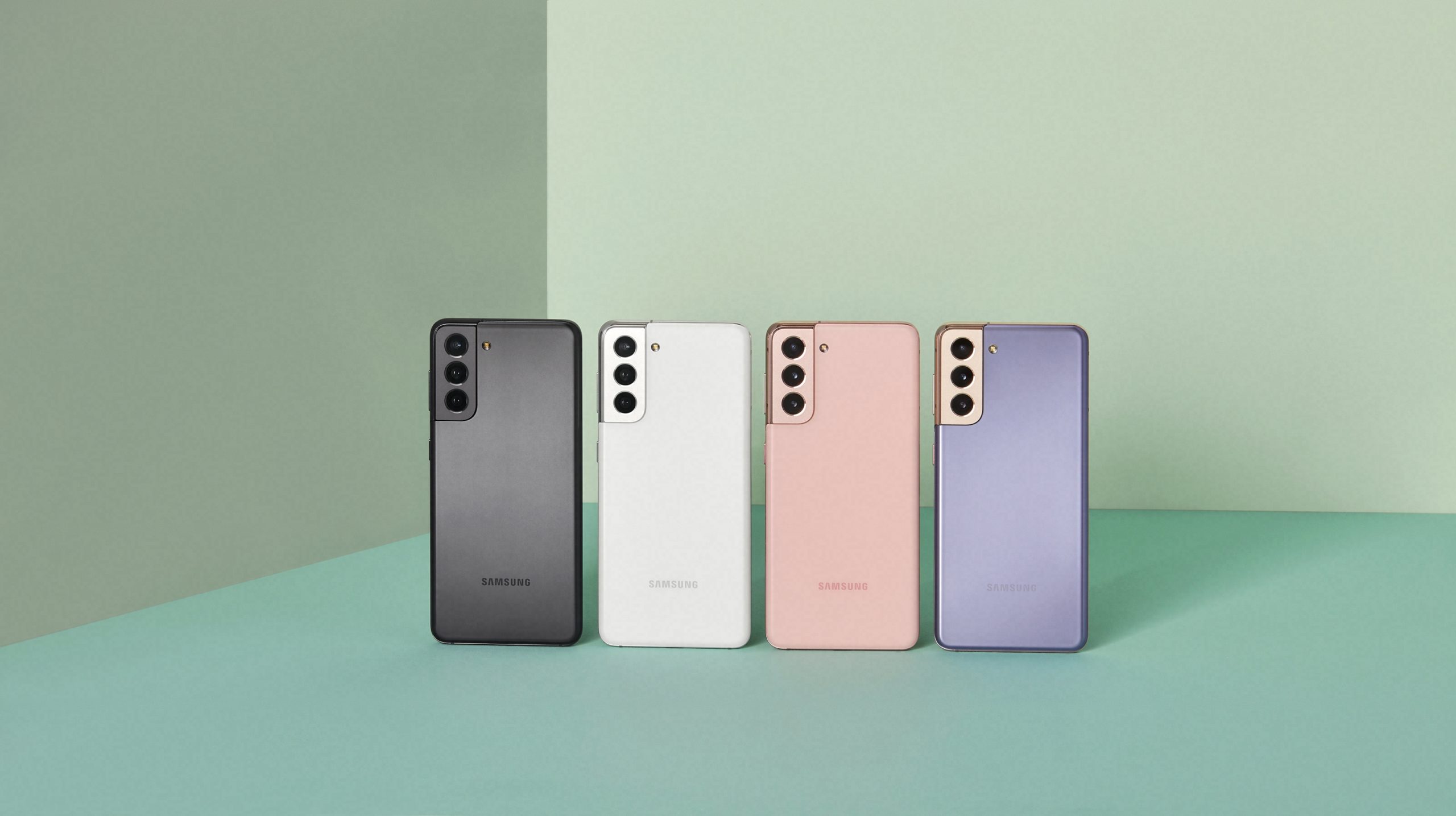
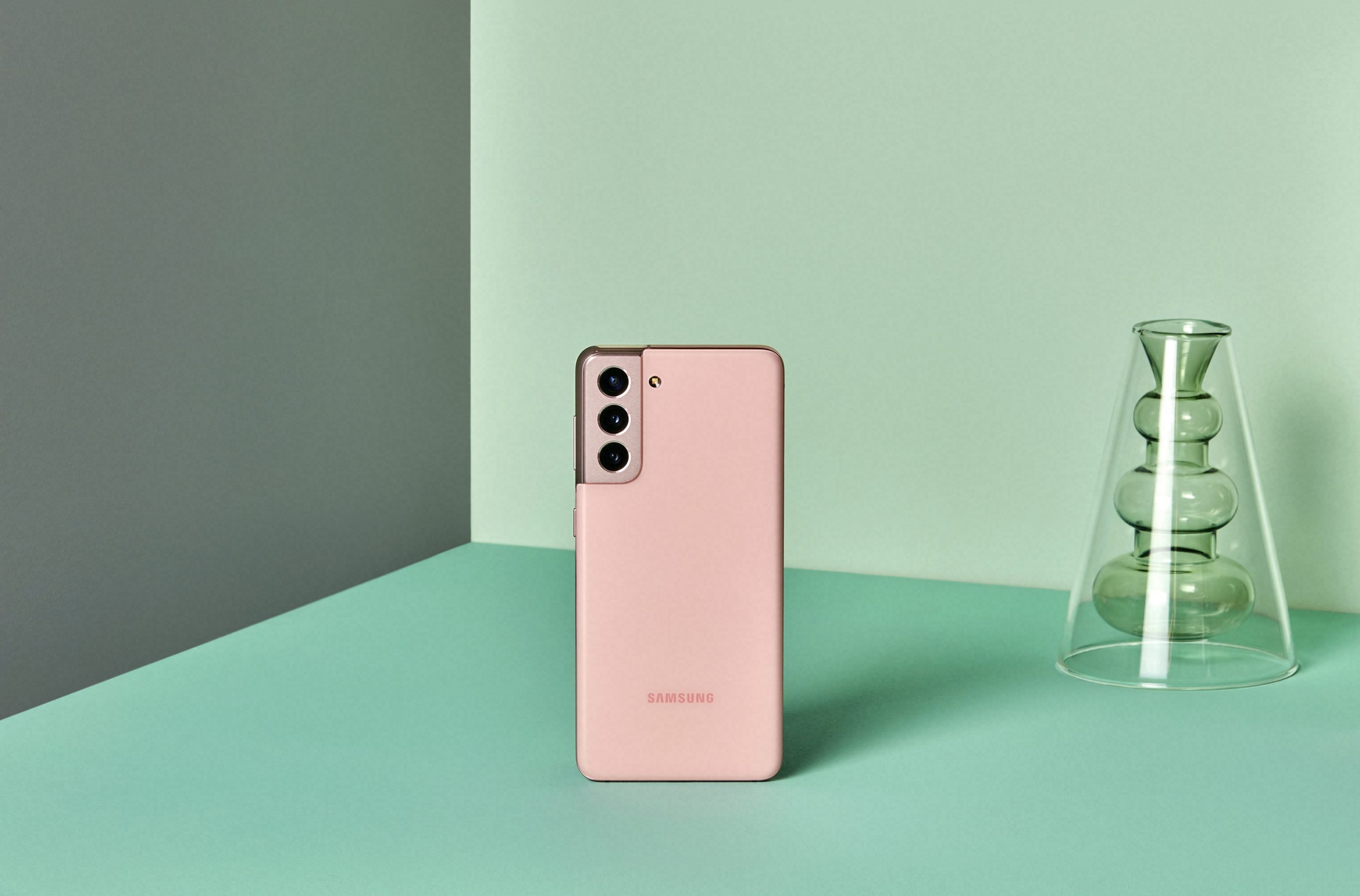
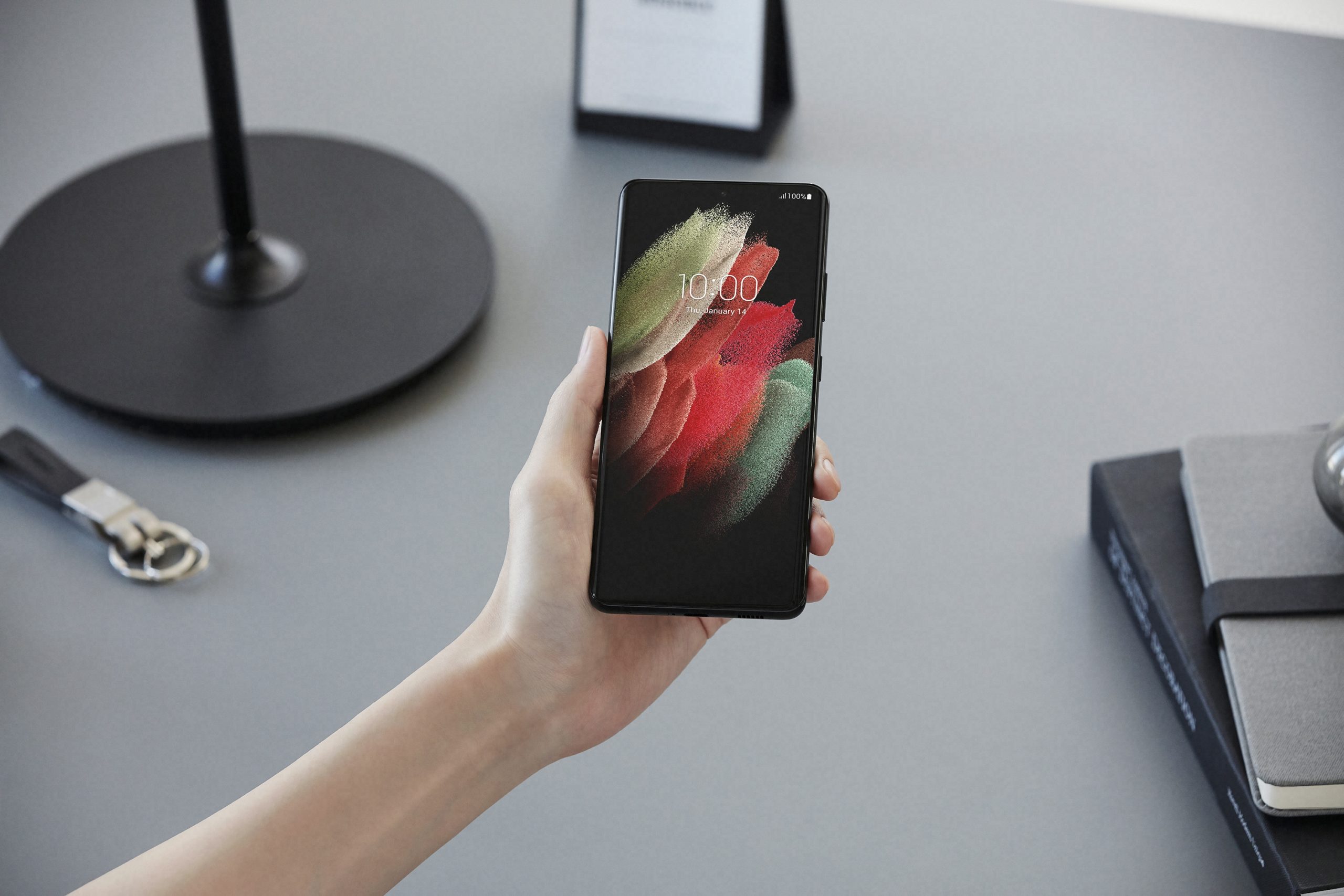
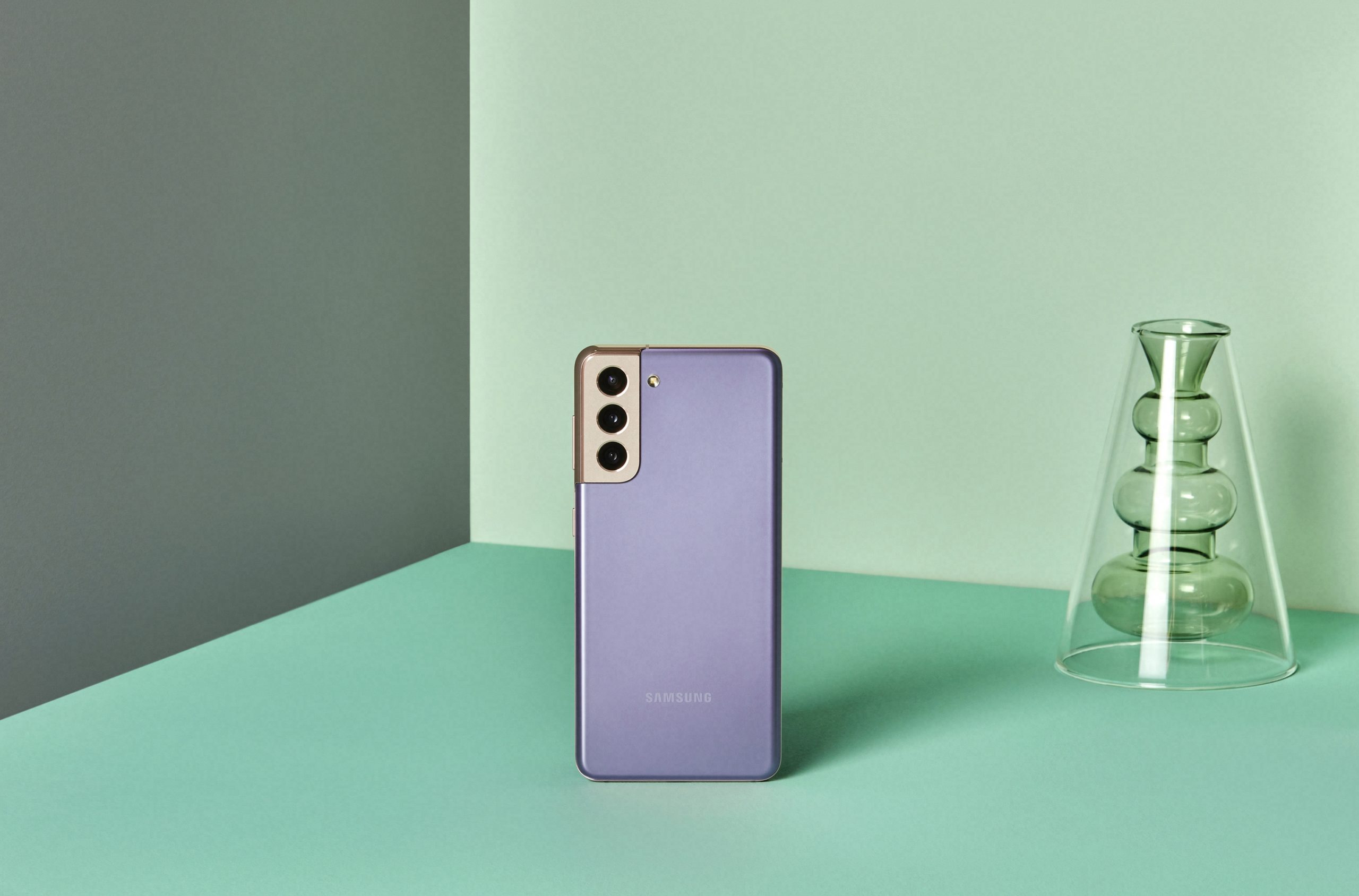
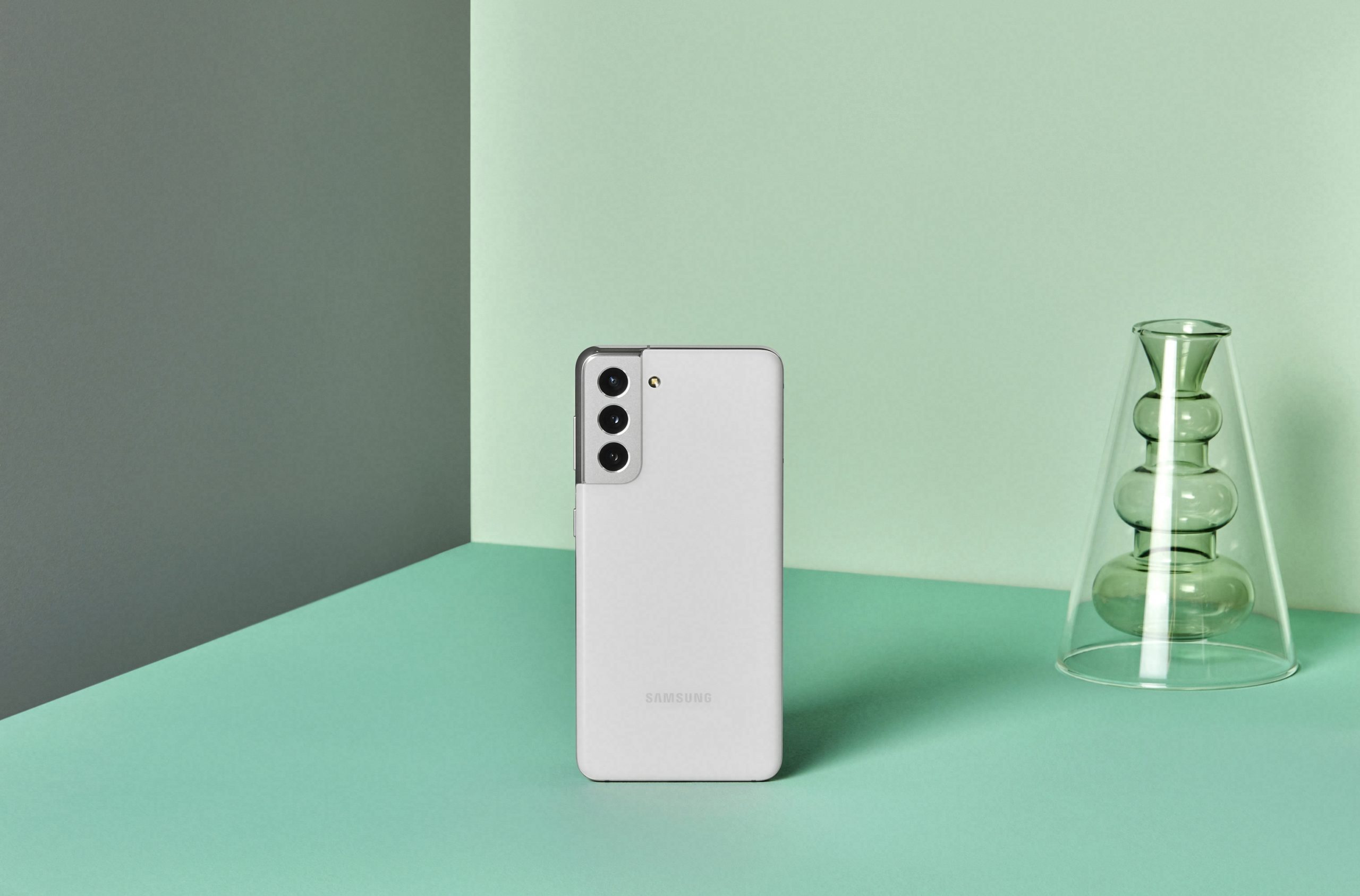

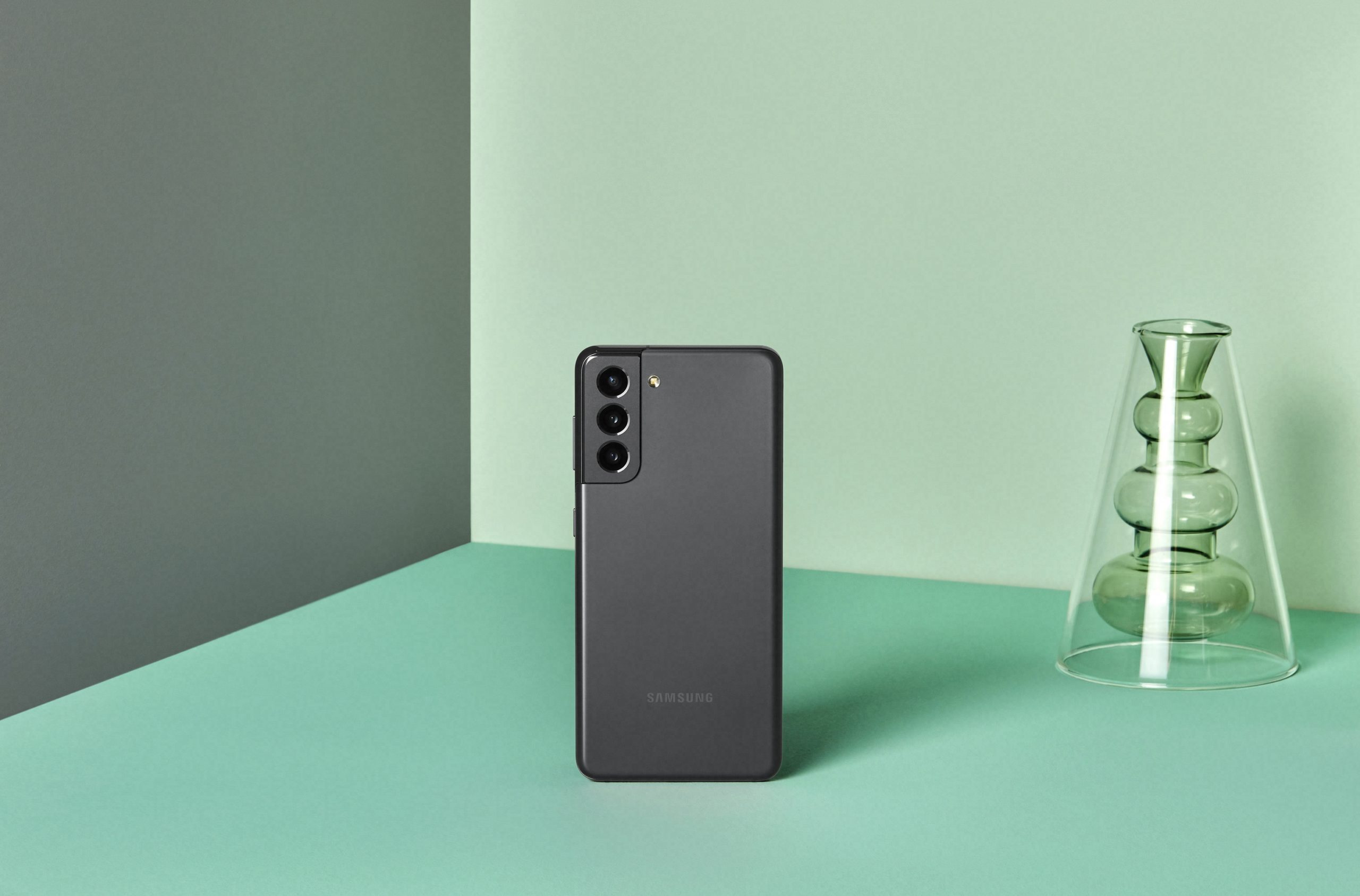
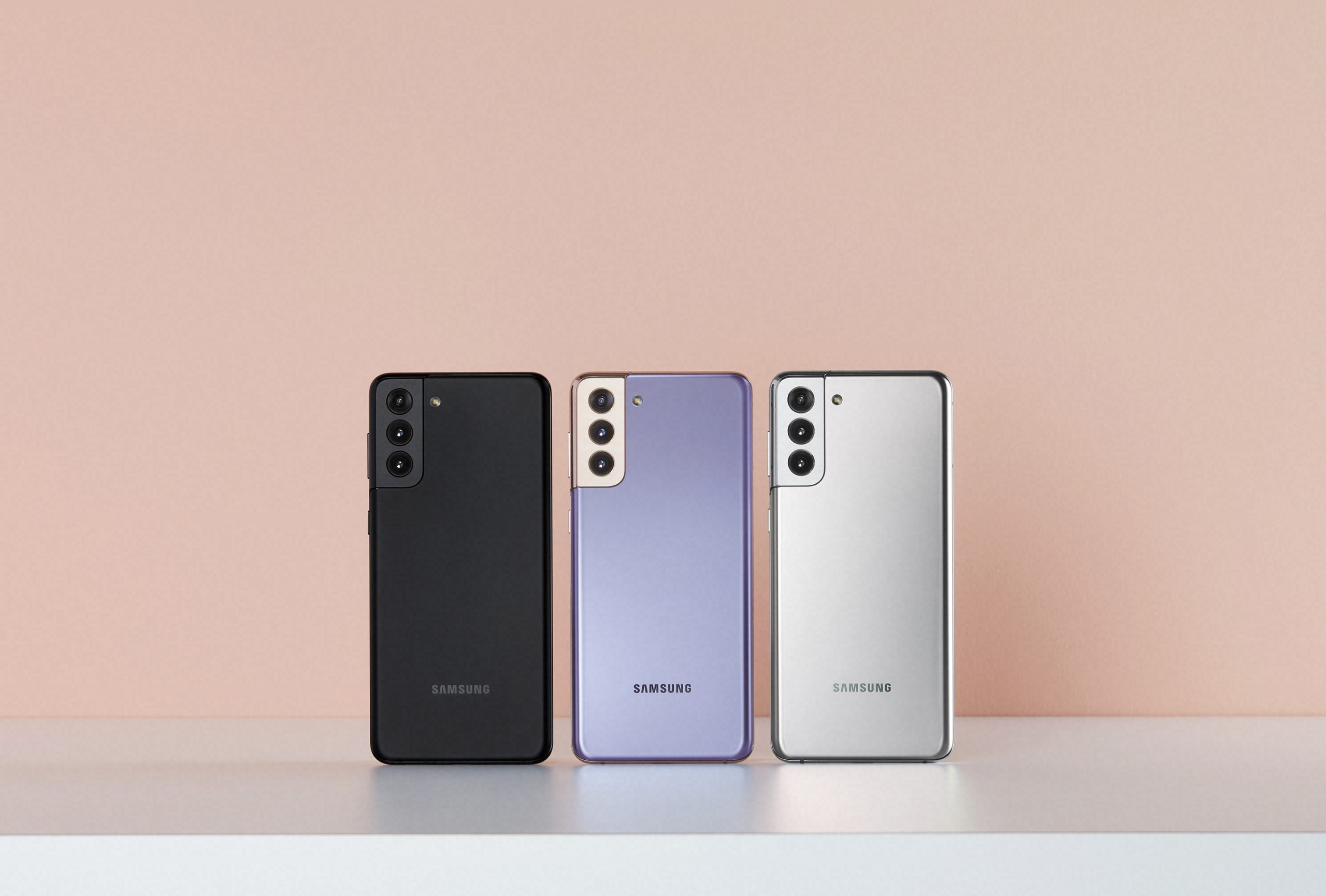

Adam finally wrote a proper article!!!